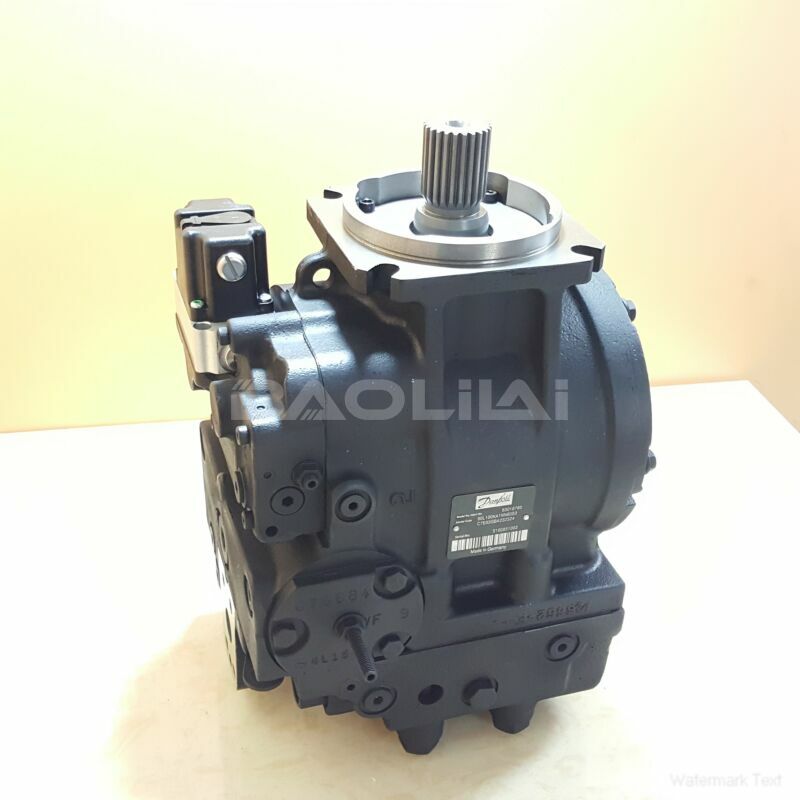90L180KN1NN80TMF1H03FAC424224 sauer danfoss pump
90L180KN1NN80TMF1H03FAC424224 sauer danfoss pump

- Product Details
- Applicable Scene
Hydraulic systems are essential in various applications, from manufacturing machinery to automotive equipment. However, performance issues may arise due to hydraulic pump problems, leading to inefficient operations and increased downtime. Troubleshooting hydraulic pump performance loss is critical for maintaining optimal system functionality. Here’s a comprehensive guide on how to address these issues effectively.
90-L-180-KN-1-NN-80-T-M-F1-H-03-FAC-42-42-24
90L180KN1NN80TMF1H03FAC424224
Understand Common Causes of Performance Loss

83024409
Before diving into troubleshooting, it’s essential to understand the common causes of hydraulic pump performance loss. These can include:
Fluid Contamination: Dirt, water, and other contaminants can degrade hydraulic fluid, leading to decreased efficiency.
Air in the System: Air can enter the hydraulic system through leaks or improper fluid filling, causing cavitation and performance issues.
Worn Components: Over time, wear and tear on pump components such as gears, vanes, or pistons can limit performance.
Improper Fluid Levels: Low hydraulic fluid levels can lead to inadequate lubrication and cooling, affecting pump performance.
Temperature Issues: Excessive heat can alter the viscosity of hydraulic fluid, impacting its ability to transmit power effectively.
Step-by-Step Troubleshooting Process
Visual Inspection: Begin with a thorough visual inspection of the hydraulic system. Look for leaks, worn hoses, and signs of fluid contamination. Ensure that all connections are secure and that there are no visible damages.
Check Fluid Levels and Quality: Confirm that the hydraulic fluid is at the recommended level. If the fluid appears dirty or contains contaminants, consider replacing it. Also, check for proper viscosity; refer to the manufacturer’s guidelines for specifications.
Inspect for Air Leaks: Use soapy water or a specialized leak detection spray to check for air leaks in the system. Pay close attention to connections, seals, and gaskets that may be compromised. Address any leaks found immediately.





